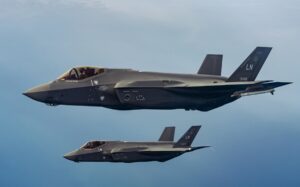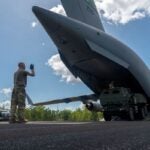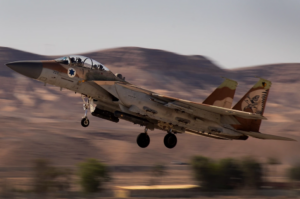
The Lockheed Martin [LMT] F-35 fighter is to begin operating a cloud-based, government-owned logistics software system next year. The F-35 program "is implementing a new strategy to replace the Autonomic Logistics Information System (ALIS) with [ODIN], a modern F-35 logistics and maintenance system," per the Air Force fiscal 2023 budget justification. "Hardware being procured is compatible with both ALIS and ODIN software. ODIN software fielding to the squadrons is planned to commence in 2023." Between last July and January 2022,…














